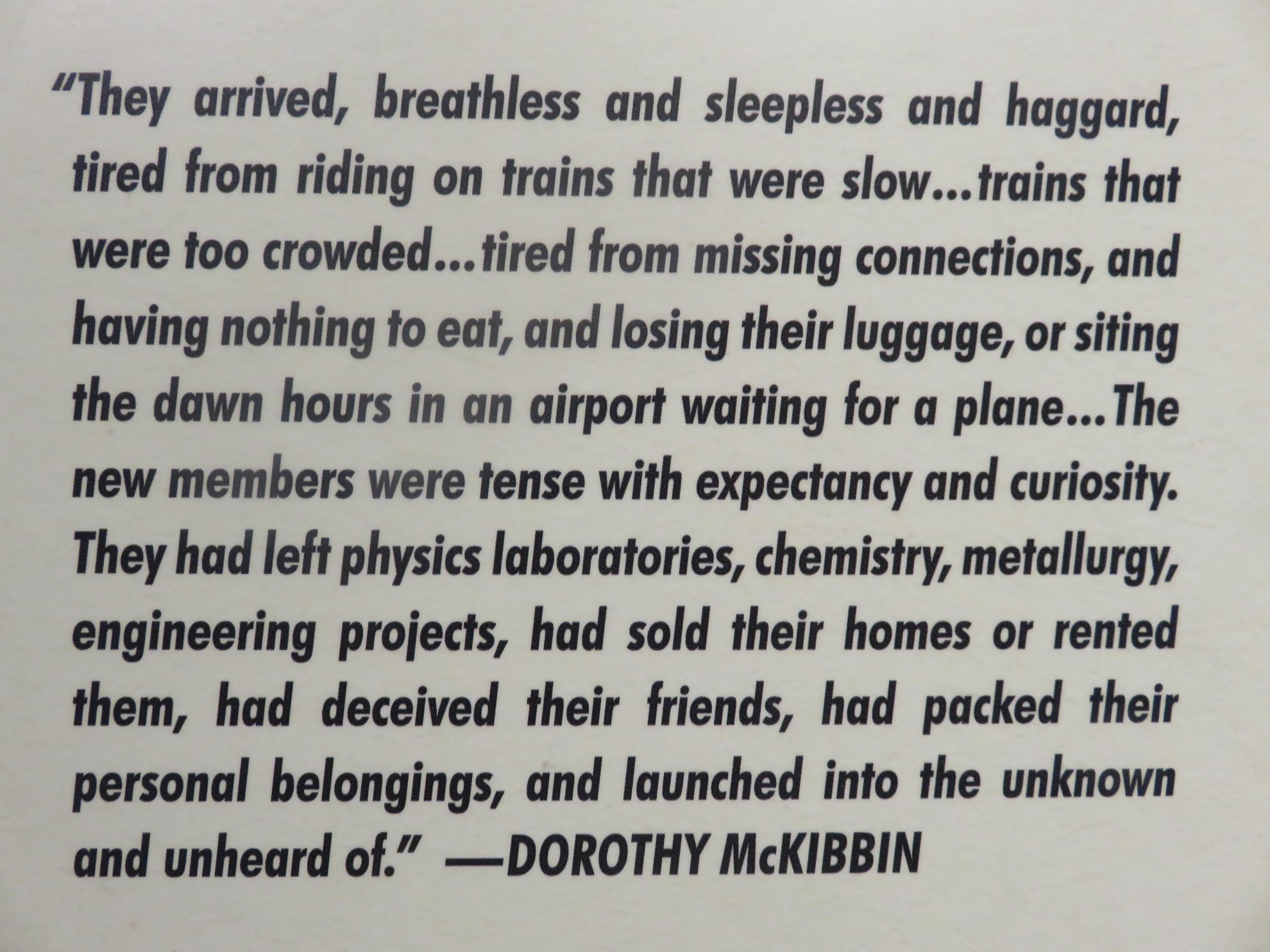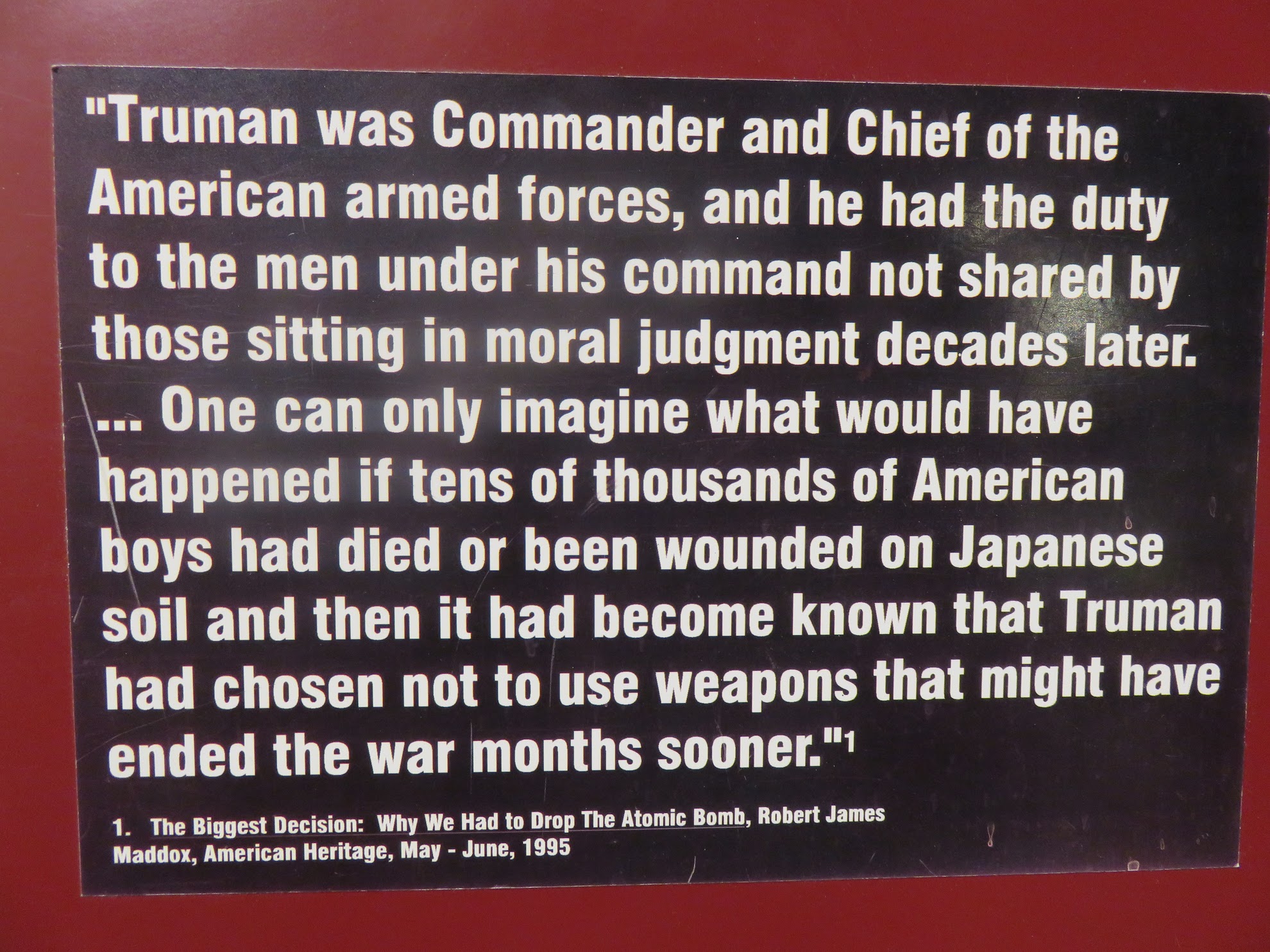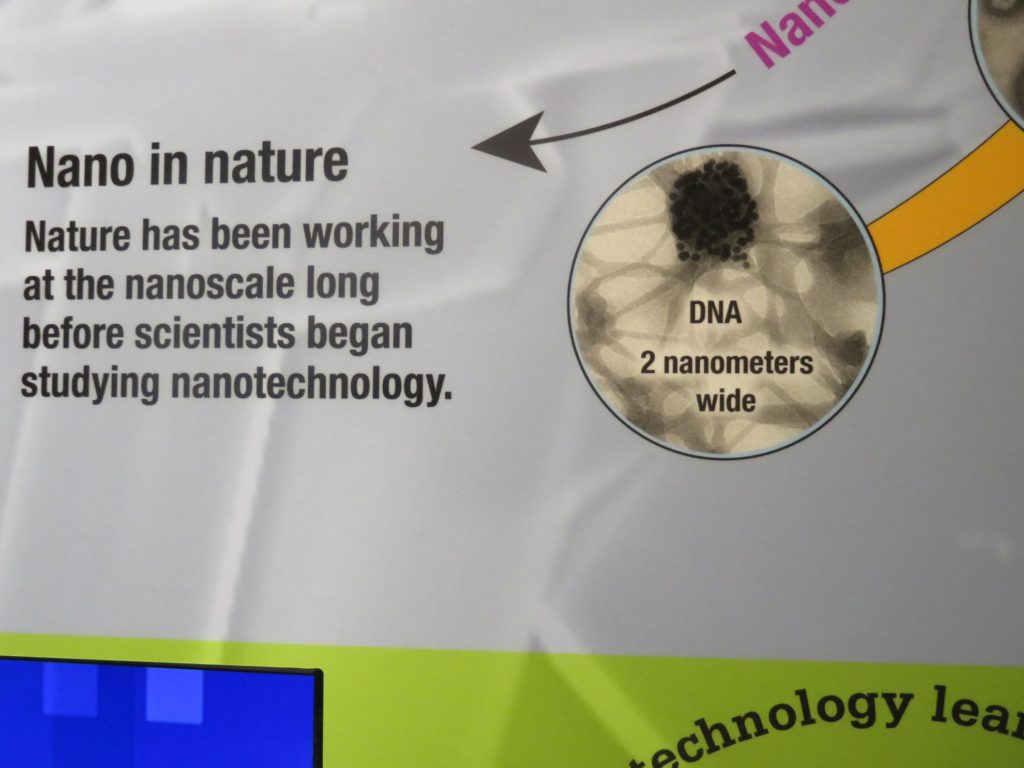Our visit to Los Alamos National Laboratory was extremely interesting. All of the information we received was not only fascinating, but somewhat complicated. Phil helped me get it all together. His knowledge of history is amazing.
Los Alamos became a reality after Albert Einstein sent a letter to President Roosevelt stating that Germany was in the process of developing a Bomb using nuclear material. Roosevelt consulted with Winston Churchill. It was decided that the United States would develop an Atomic Bomb. The Project was headed by the U.S. with support from Canada and the United Kingdom, and would become known as The Manhattan Project. So named because the first steps were begun in Manhattan, New York. Research continued in other places in the U.S., but soon all of the research was concentrated at Los Alamos, New Mexico.

Roosevelt put Leslie R. Groves, who was now a Lt. General in the U.S. Army Corps of Engineers, as head of the project. Groves had built the Pentagon coming in under budget and before deadline. He was a West Point graduate and had a track record of getting tough jobs done. He wanted a battlefield command so he initially did not have much interest in the Project, but when he understood how important it was, he accepted the position.

Groves interviewed many scientists and selected J. Robert Oppenheimer, a brilliant physicist, to head up the development of the Atomic Bomb. He was a native New Yorker and a California professor. His two great loves were physics and the mountains of New Mexico, where he found inspiration. Oppenheimer hired scientists from all over the world — a very difficult task. He had to ask people to change their lives, move to Los Alamos, live under what were not the best conditions in a very rural area. He said he could not tell them what they would do, or what they were developing, only that if the project was successful, it would ensure victory and end World War II.

As a boy, Oppenheimer had attended The Ranch School located on a high plateau, which would later become Los Alamos. This school was developed for young boys from wealthy families, (Quaker Oats, Nabisco, etc.) who did not want their sons to grow up thinking life was all fun and games, and that they would live a life of luxury. It was developed as a college-prep school. It was believed that this kind of outdoor living would make a boy into a man. The school was built on the site of Pueblo dwellings on this very high plateau in New Mexico dating back as early as 1225 . The boys slept on cots in screened-in porches. When it was snowing in the wintertime, they still slept on the porches with only curtains pulled to keep out the snow. They did work around the school and camped out in the wilderness. Upon arriving each boy was assigned a horse to care for – except for mucking the stalls. Horse back riding was a frequent activity. Some of the young men were “sickly” and it was thought that the mountain air would help to cure them of asthma, etc. (When we were on the Los Alamos Tour, one of the women walking with us said her father was sent to The Ranch School as a young boy because he had asthma – and that it helped him tremendously. Another note is that when Phil and I first arrived at Los Alamos, we were walking – unsure of where the Tour started. We asked a woman walking to the post office. We had a brief conversation with her. She was a scientist working in the weapons area and she was from Northfield, Minnesota.

To develop the Atomic Bomb, certain criteria needed to be met. Making a Bomb was a project of the highest secrecy, and needed to be away from the coast with a clear view of the valley below. The Ranch School met the necessary criteria. There was one road up and one road down. Two guard gates could be installed on each road access. The infrastructure was already in place with school buildings on the plateau and a local workforce from the community. The local people were needed to do the work of cooking, cleaning, etc. The last class from The Ranch School graduated and the site was acquired by the Army under imminent domain.

To maintain ultimate secrecy, employees were not allowed to say words like….uranium, physics, Los Alamos, chemistry, plutonium. etc. Outgoing and incoming mail was censored. Phone calls were monitored. The only mail address was Box 1663…..there was no physical address. About 150 babies were born at Los Alamos during the time of the development of the Bomb with only the address of Box 1663. Sears Roebuck complained because so many mail order catalogs were being delivered to one address and that was Box 1663. The scientists worked 6 days a week followed by partying on Saturday nights and recovering on Sundays. Most of these scientists were 20-30 years of age.
Despite all of this secrecy, there were 3 spies at Los Alamos. One was Claus Fucks who had come to Los Alamos with an English scientist. He ended up living in East Germany. Another was Tom Hall and he was not prosecuted because it was thought that if the method of finding his spying activities were made public, it might disclose secret methods. It is said that the third spy was never found and thought to perhaps still be working at Los Alamos. No one really knows!!

Two bombs were developed at Los Alamos. The scientists worked 6 days a week followed by partying on Saturday nights and recovering on Sundays. Most of these scientists were 20-30 years of age.But we do know One was a nuclear bomb known as Little Boy. and the other was a plutonium bomb that would be known as Fat Boy. President Roosevelt had died before the bomb development was complete. Harry S. Truman was now President so it fell to him to give permission to drop the bombs.

Harold Agnew (1921-2013) was present at the birth of the Atomic Age and led the Los Alamos Scientific Lab for 9 years. His wife, Beverly, was asked to be a secretary for the Project scientists…..and Harold followed. On August 6, 1945 he flew as a scientific observer on the Great Artiste, a plane that accompanied he Enola Gay on its bombing mission of Hiroshima. Agnew continued working at Los Alamos and rose to head of Weapons Engineering and then Lab Director in 1970. He served as science adviser to 6 U.S. Presidents.

Agnew was a painter and one night when he held a cocktail party, he asked the people to take off a shoe, dip a roller into paint and roll the paint onto the bottom of their foot. Then they were to step onto a piece of paper he had glue to Masonite. The result was the photo above. (I think maybe they had been drinking…..just a little!!)

On August 6, 1945 the Enola Gay bomber plane dropped the “untested” Little Boy Bomb some 1900 feet above Hiroshima. The Fat Boy Bomb was dropped 3 days later over Nagasaki. These two bombs killed more than 250,000 people and leveled the two Japanese cities. President Roosevelt had already died when, 5 days later, Japan informed Washington of their intention to surrender. World War had ended.

The lasting memory of those deaths and the terrible destruction of nuclear weapons has provided a strong incentive for countries to resolve conflicts without the use of nuclear weapons.

We also toured the Norris Bradbury Museum. After the War, the Atomic Energy Commission was formed to oversee research efforts to apply the technologies developed under the Manhattan Project to other fields. This includes nuclear reactors for power, medical imaging systems, and radiation therapies for cancer. I found the information about Nanotechnology interesting.


These are not good photos of the letter Einsetein wrote to Roosevelt nor the one Roosevelt wrote to Einstein, but I rhought you might like to see them.


 Letter from President Roosevelt to Albert Einstein.
Letter from President Roosevelt to Albert Einstein.
This was a lot to put into one Blog and a lot for you to read. I hope you found it as interesting as Phil and I did.
The Mission of Los Alamos is not to make policies, but to provide the solutions that make policies possible.